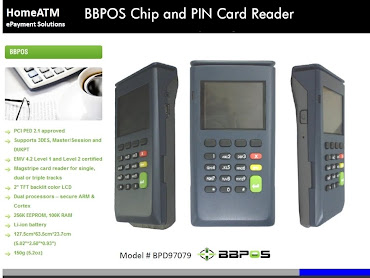Identity theft costs a record $56.6 billion
Written by Identity Theft Daily Staff
Tuesday, 24 February 2009
Identity theft, the biggest source of U.S. consumer fraud, costs a record $56.6 billion in cash, goods, and services. Two thirds of victims have no out-of-pocket expense (because banks and credit card companies seldom ask victims to cover any charges), for about 3 million victims, the average cost of repairing their credit was nearly $1,200 and for all victims the average time to set the record straight was 40 hours.
Fortunately, ID theft is declining after cases reported to the Federal Trade Commission (FTC) nearly tripled from 2001 through 2004, the number of identity fraud victims in the United States was 8.1 million in 2007, a 3.6 percent decrease from the 8.4 million in 2006 and a 9.0 percent decrease from 2005 according to Javelin Strategy & Research. Awareness by consumers and creditors coupled with technological safeguards has helped curb cases of identity theft.
The most frequent source of information for ID thieves is you according to the Javelin survey, among victims who knew how their numbers were pilfered, 30 percent of frauds began with a lost or stolen wallet, checkbook, or credit card. So don't carry PIN codes for your plastic or your Social Security card. One in seven cases of ID theft traced to a source turns up a family member or other trusted associate the victim. Keep your checkbook, credit cards, and any important papers (such as mortgage, insurance, and investment records) under lock and key. Javelin found, frauds first noticed by victims were uncovered a month sooner than those financial institutions identified. Regularly checking credit card and bank statements, it's good to scan your credit history for inquiries on existing accounts and applications for new loans. You can get one free credit history annually from each of the three major bureaus (Experian, Equifax, and TransUnion) at www.annualcreditreport.com. By rotating your requests, you can receive a report every four months.
Households earning less than $50,000 are three times more likely to be victimized by fraud according to Javelin Strategy & Research. According to Frost & Sullivan, the amount of credit card fraud is projected to reach $15.5 billion, up from $7.5 billion in 2007. Deloitte says that 51 percent of external attacks on financial institutions were phishing followed by spyware at 48 percent. Recent laws in eight states let you freeze access to your credit file to keep anyone, legit or not from reviewing your standing or opening loans in your name. Freezes that used to be applied by credit bureaus only after ID thieves struck are available free by law to any citizen in Colorado and New Jersey. Consumers in California, Connecticut, Louisiana, Maine, Nevada, and North Carolina can stop credit tampering cold for a small fee, generally up to $10. And for another $5 or $10 the same eight states allow a credit thaw when you need a new loan. Freezes are also available by law to ID-theft victims in Illinois, Texas, Vermont, and Washington.
continue reading at Identity Theft Daily
All Top Banking
Powered by Blogger.









0 comments